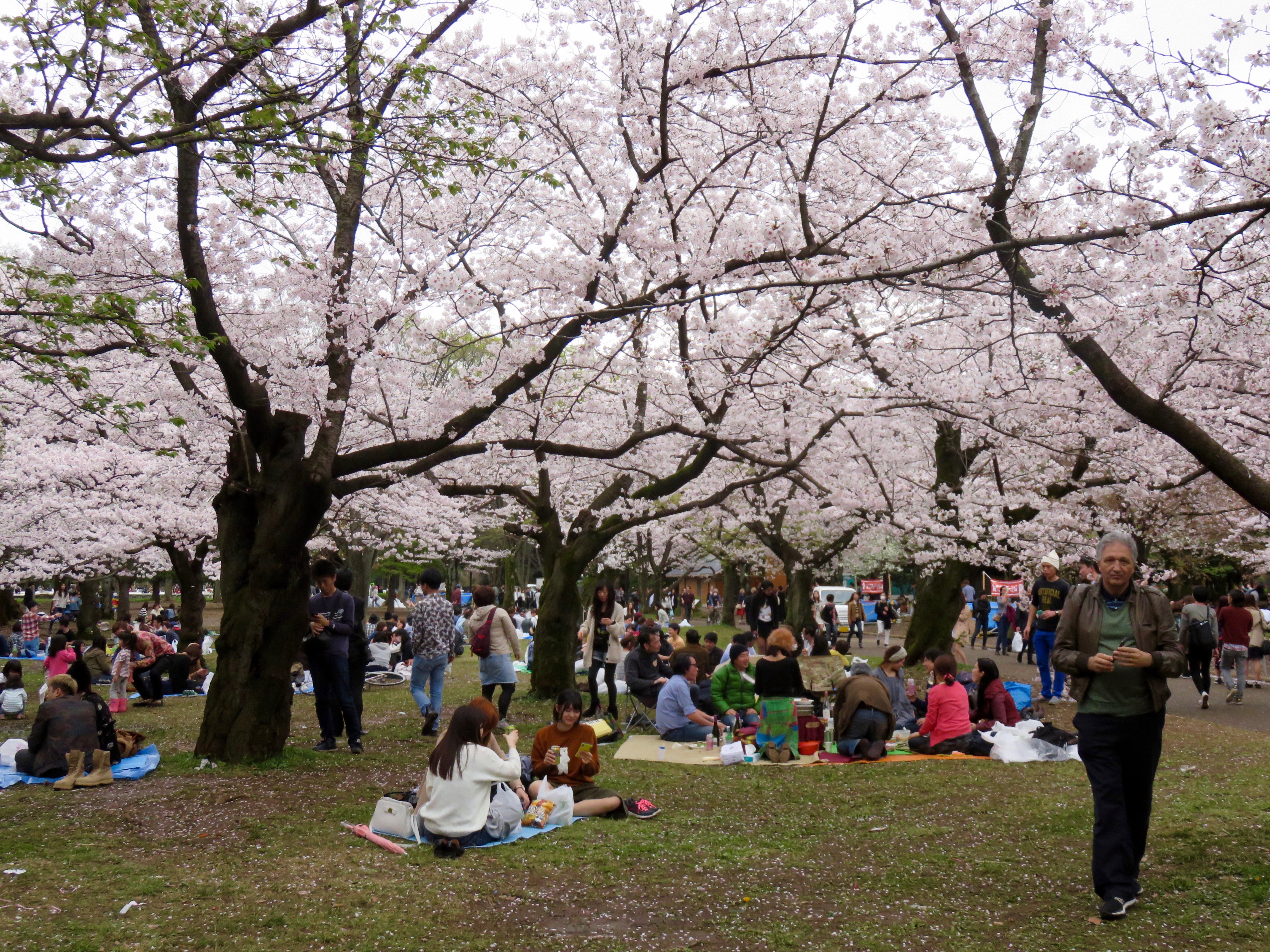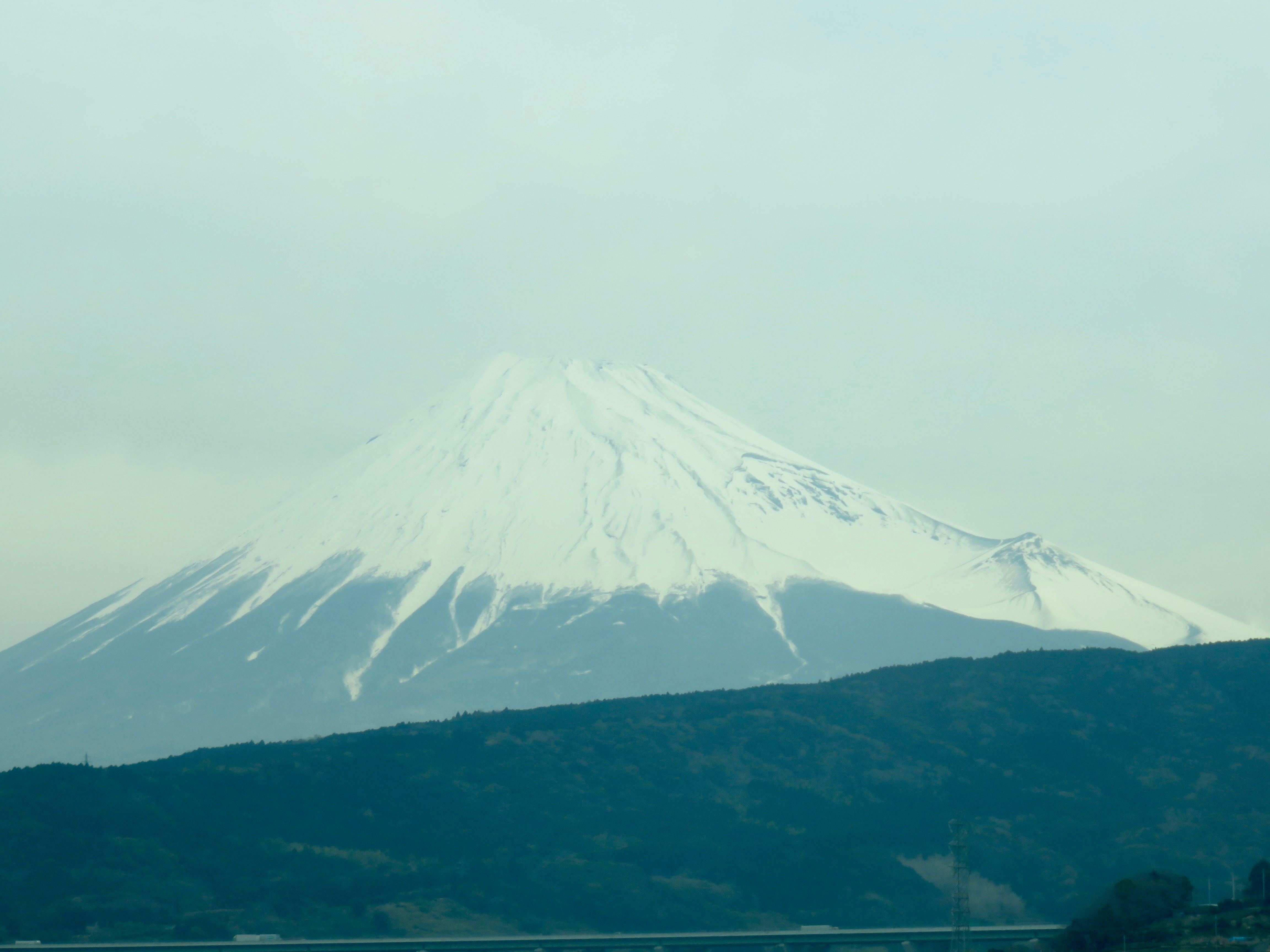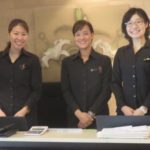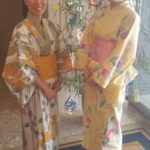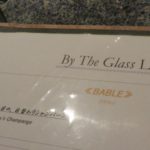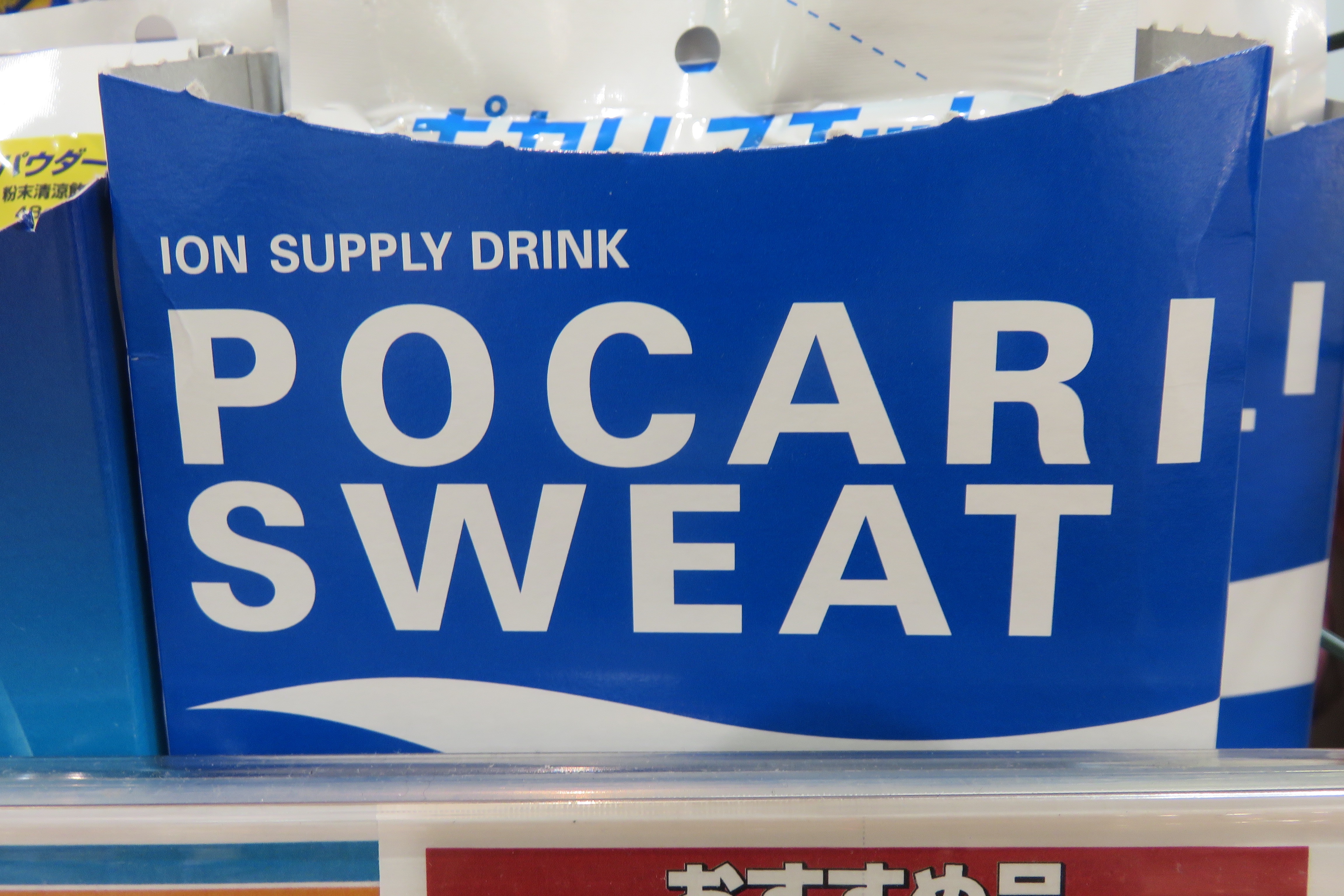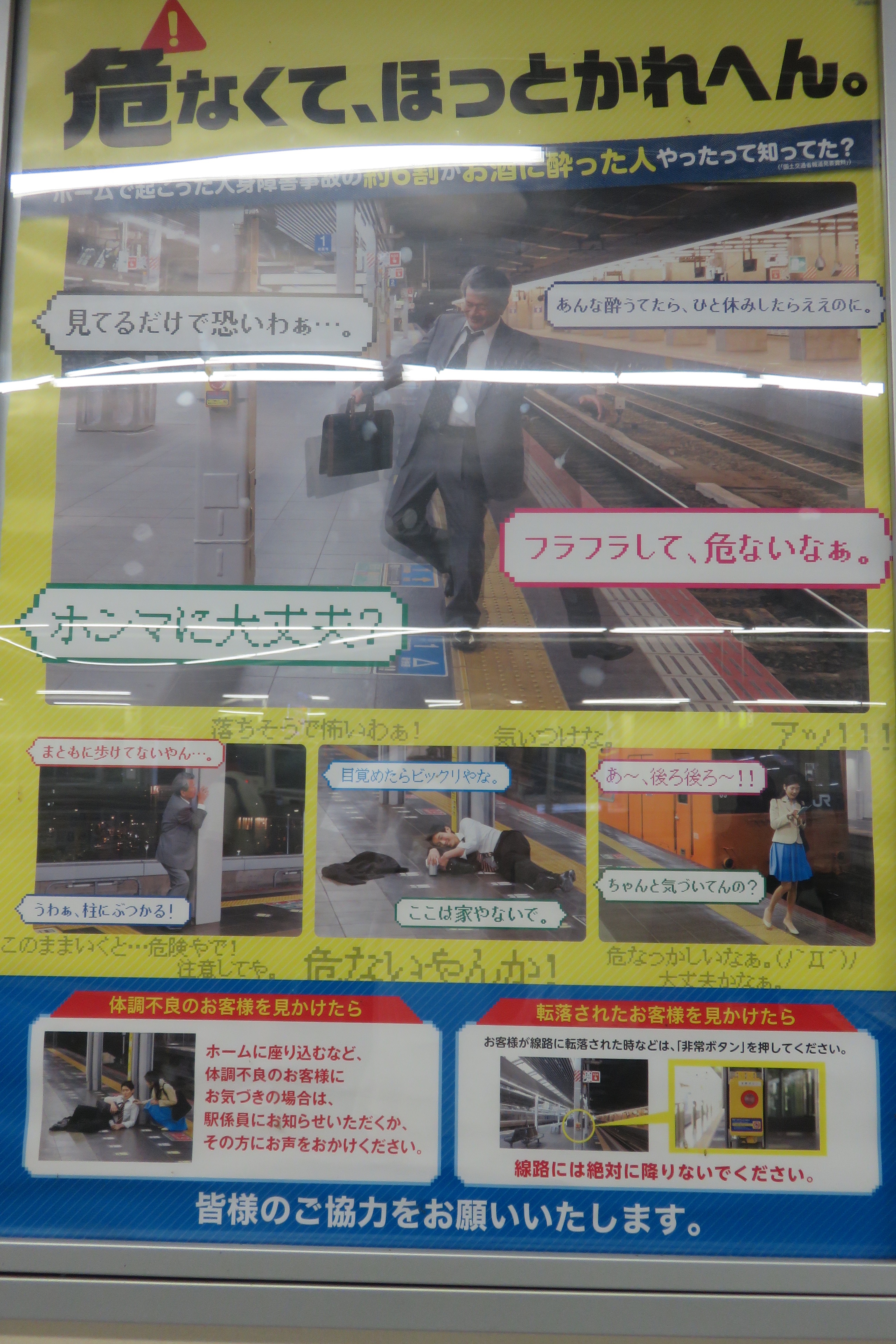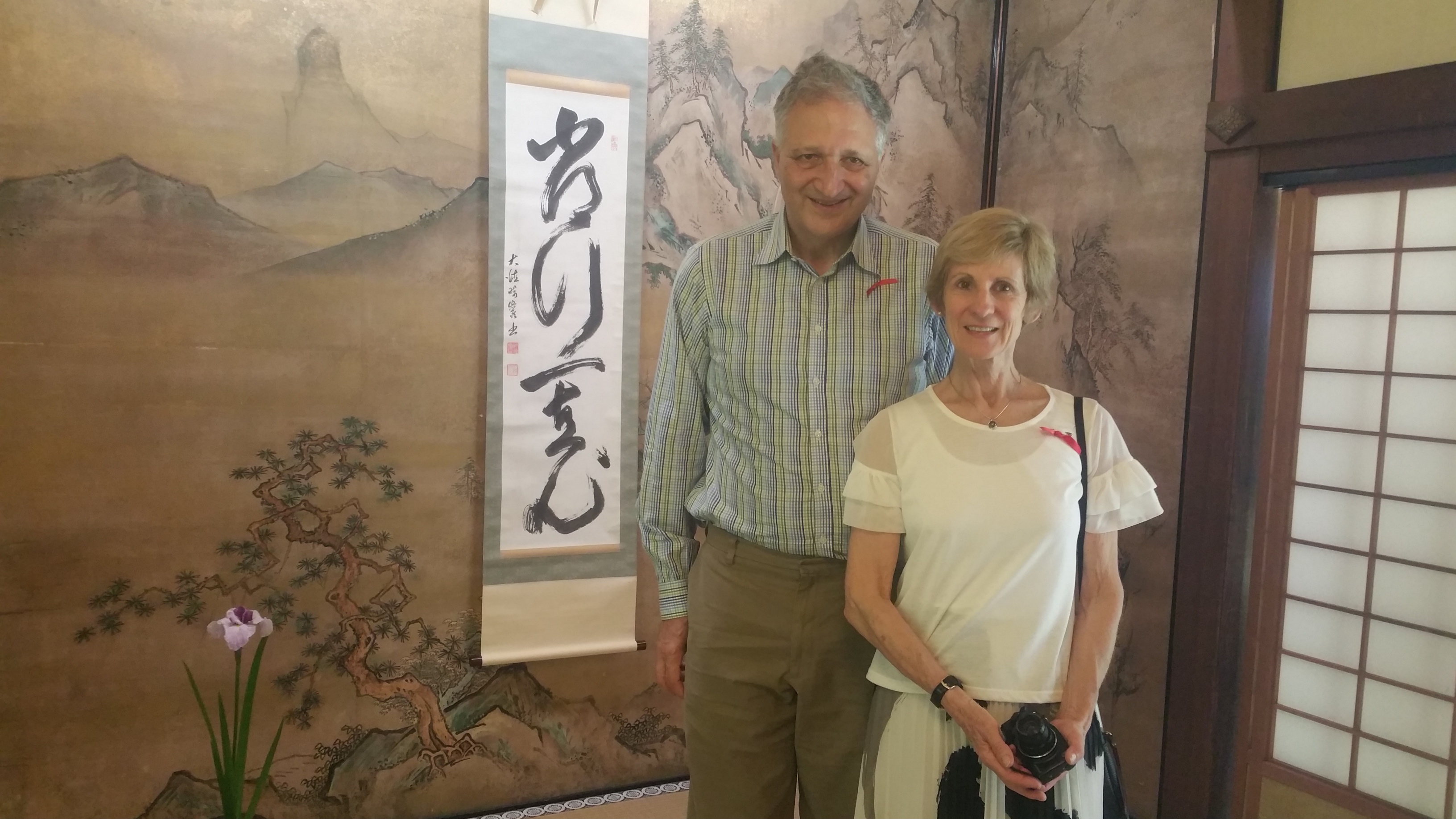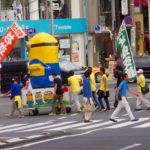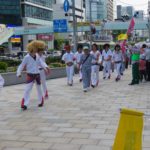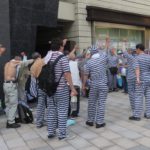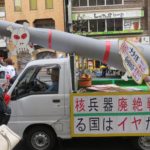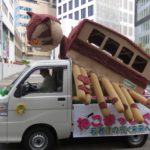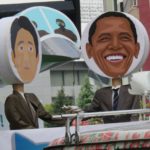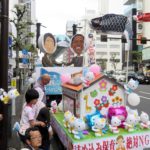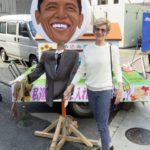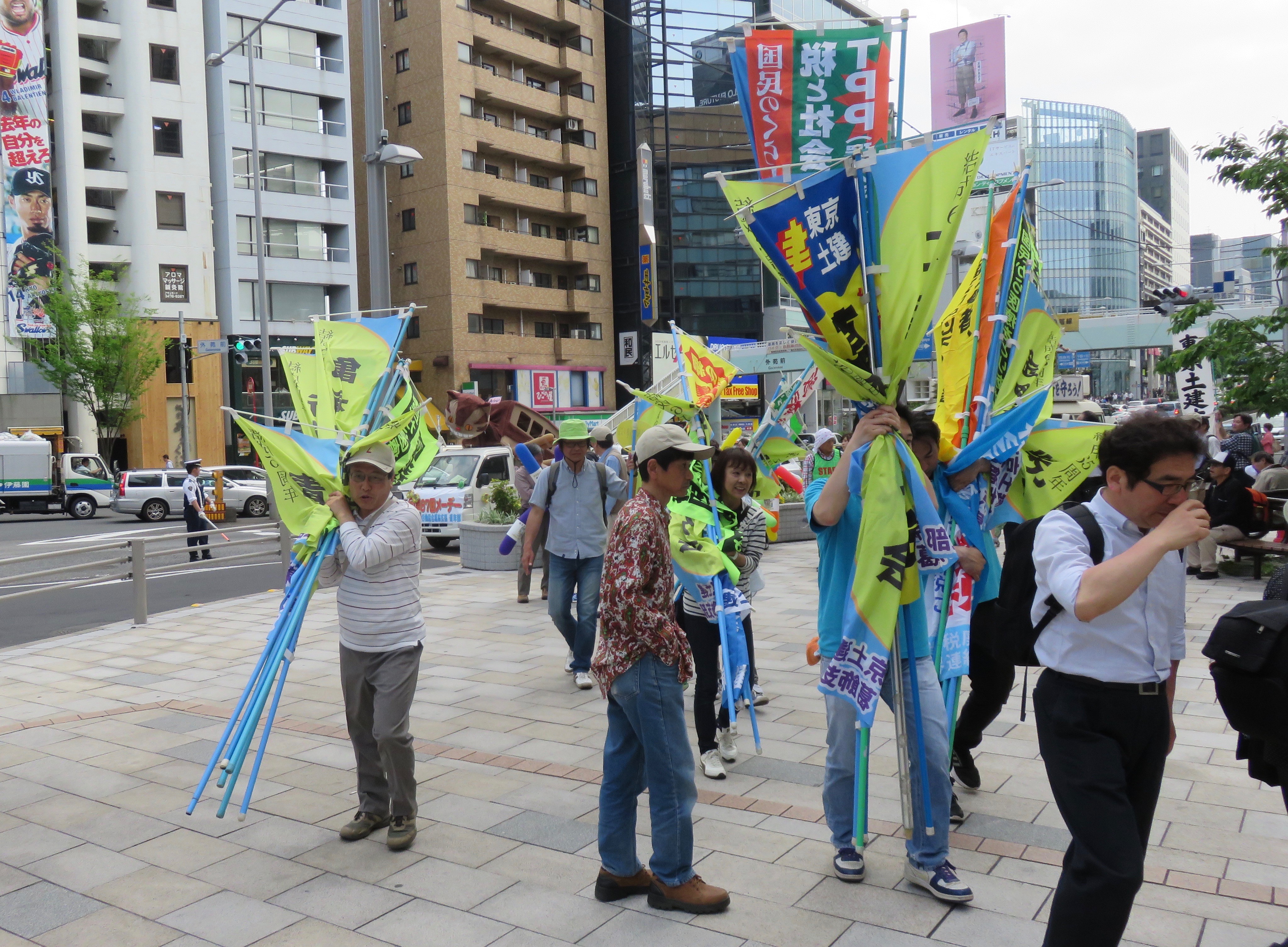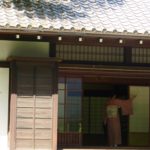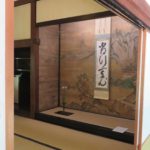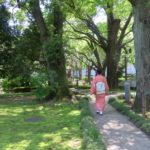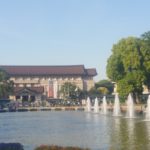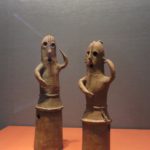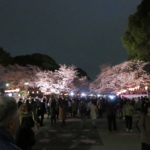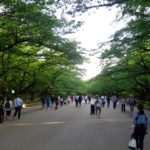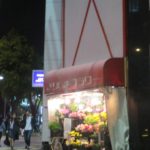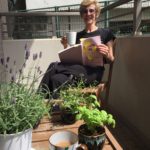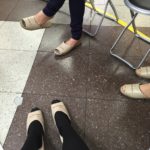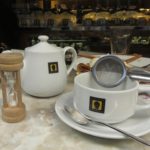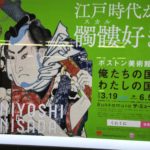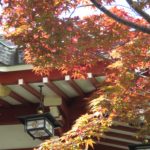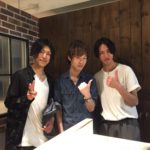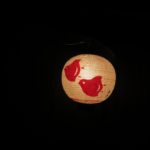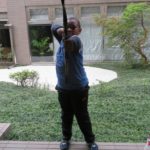This phase of our Japanese adventure has ended and we landed on July 9 back in Los Angeles. We have had an amazing time living in Tokyo and there are so many things that we will miss. We made a list, some important, some more trivial. Here it is. We’ll probably add to it.
- Our many friends in Japan
- Subways, trains and the shinkansen (the bullet train), and not having to drive
- Suica cards – the easy way to get around and pay for things – swipe right or left
- Quiet – people don’t shout or honk their horns. We could have lived without the electioneering vans, however. Half of Japan’s Upper House was elected the day after we left and the candidates were out in force with all to efficient loud hailers
- Safe – we have spoken about this but we still marvel. The West has got rid of public lockers due to bomb threats but in Japan they are plentiful and multi-sized
- The customer service ladies at Oakwood, Aya, Ayaka, Izumi, Keiko and Miki
- No trash – we have seen way more trash on the streets since we got back to LA than we saw in four months in Japan
- Kindness and consideration – and speak 5 words of Japanese and you will be greeted with 「ああ、日本語上手ですね」 (aa, nihongo jozu desu ne – oh, isn’t your Japanese so skillful)
- Nobody gives directions, they take you there, even when it’s radically out of their way – really, this happened to us many times
- いっらしゃいませ (irrashaimase) – the ubiquitous greeting in every place of business
- No tipping – it would be an insult if you implied that a tip was needed to get good service
- Ice packs for cold grocery items – so cute, and really helpful
- Packaging – for good or ill, the Japanese (over) package everything, but beautifully
- On the other hand, presents . . . every time you go out to dinner with friends, every time you visit a place of business for the first time, lovely, thoughtful and, of course, beautifully wrapped
- Jazz instead of Muzak – so many places in Tokyo play music you actually are happy to hear, especially welcome in Peacock Stores, our favorite market
- Food – there is a myth that it’s expensive to eat in Japan. It certainly can be. But there’s no need. Food is sensational and so varied and you can easily find places to eat a lot for very little, often at bargain sub-basement prices
- Sushi go round – the conveyor belt sushi, so much food, so much fun, such low prices
- Sashimi – yes, you can get in LA but in Japan, so good and so plentiful
- Adzuki mochi and onigiri – Fiona-sustaining snacks every day (Michael developed a taste for the soy-based soft serve at Shibuya Station)
- Pastries – more marvelous pastry shops everywhere than you can shake a baguette at, especially in subway and train stations
- Great coffee everywhere – we mean everywhere
- Convenience stores (コンビニ) and vending machines everywhere, by which we mean abso-blooming-lutely everywhere
- Hand towels in restaurants – before you eat
- Clean public toilets, warm seats – even in public parks and train stations, hole in the wall restaurants, wherever you went, toilets were clean and spotless, not to mention warm and comfy
- City life – people on the streets; the Shibuya scramble
- Discovering things in a walkable city – see our postings here, here and here. Oh, and here and here and here. And many more.
- Exploring small streets – safe, fun, constantly unexpected and surprising
- M Sugawara – our favorite clothing store (well, OK, Fiona did lose it at the Issey Miyake shop at Mitsukoshi in Ebisu, but apart from that). Located in Aoyama tantalizingly close to our apartment. See, for example, the hat in Hats and Cemeteries.
- Department store food halls – all over Japan, they make the Harrods Food Halls look like a suburban Tesco.
- Tea ceremony – so very refined, although one is occasionally reminded that some of Japan’s most bloodletting shoguns were big fans
- Bowing – it’s really a civilized way to greet and acknowledge
- Japanese baseball – see Take Me Out to the . . . Yakyu and GO GO Swallows.
- Aoyama – our ‘hood. From the day we arrived (nearly) to the day before we left, the day we left, we were still discovering its by-ways
- Museums – Fiona visited 30+, many of them more than once, and Michael was not far behind
- Being in a bubble, especially during Brexit and the 2016 elections – we just got an occasional reminder seeing the silent but captioned CNN screen bla(the)ring at us as we passed through reception at the Oakwood
- Sakura – see Sakura, cherry blossom: the meaning of Life and subsequent entries
- Signs and the Japanese love affair with the English language – we tried really hard not to make fun, but some of the translations were simply unforgettable. Who could resist the kleptomaniac lobster or wine by the grass?
